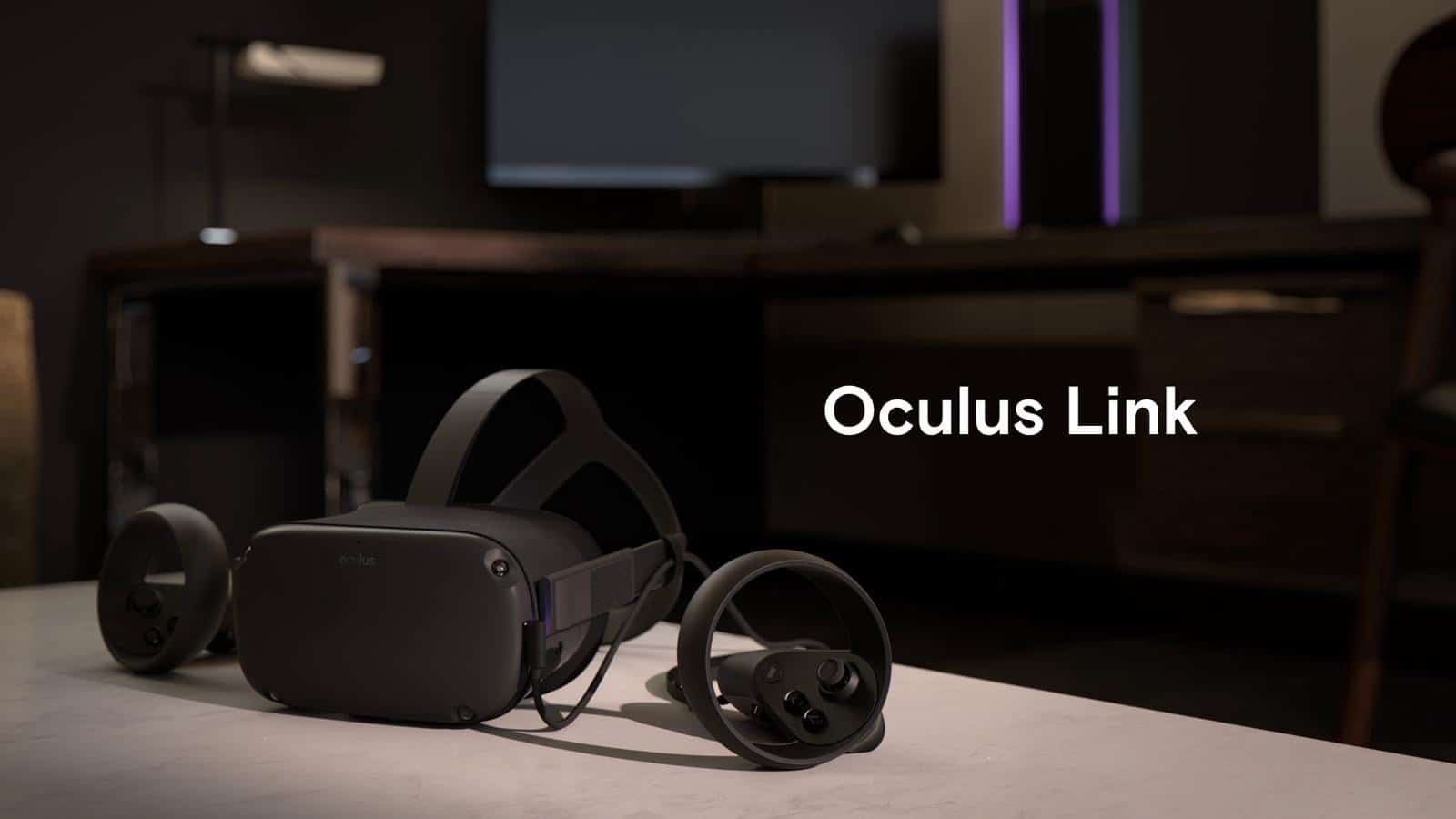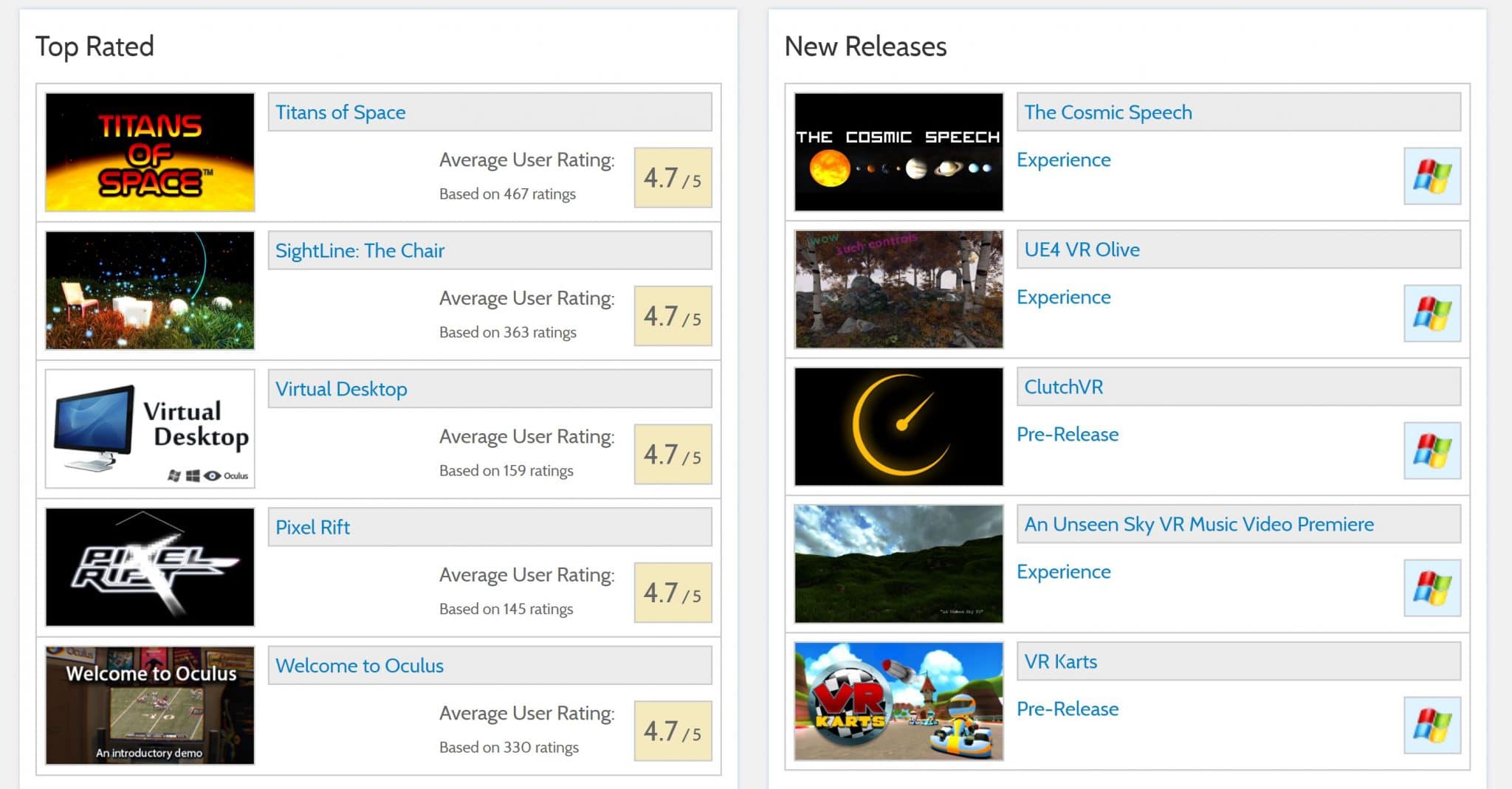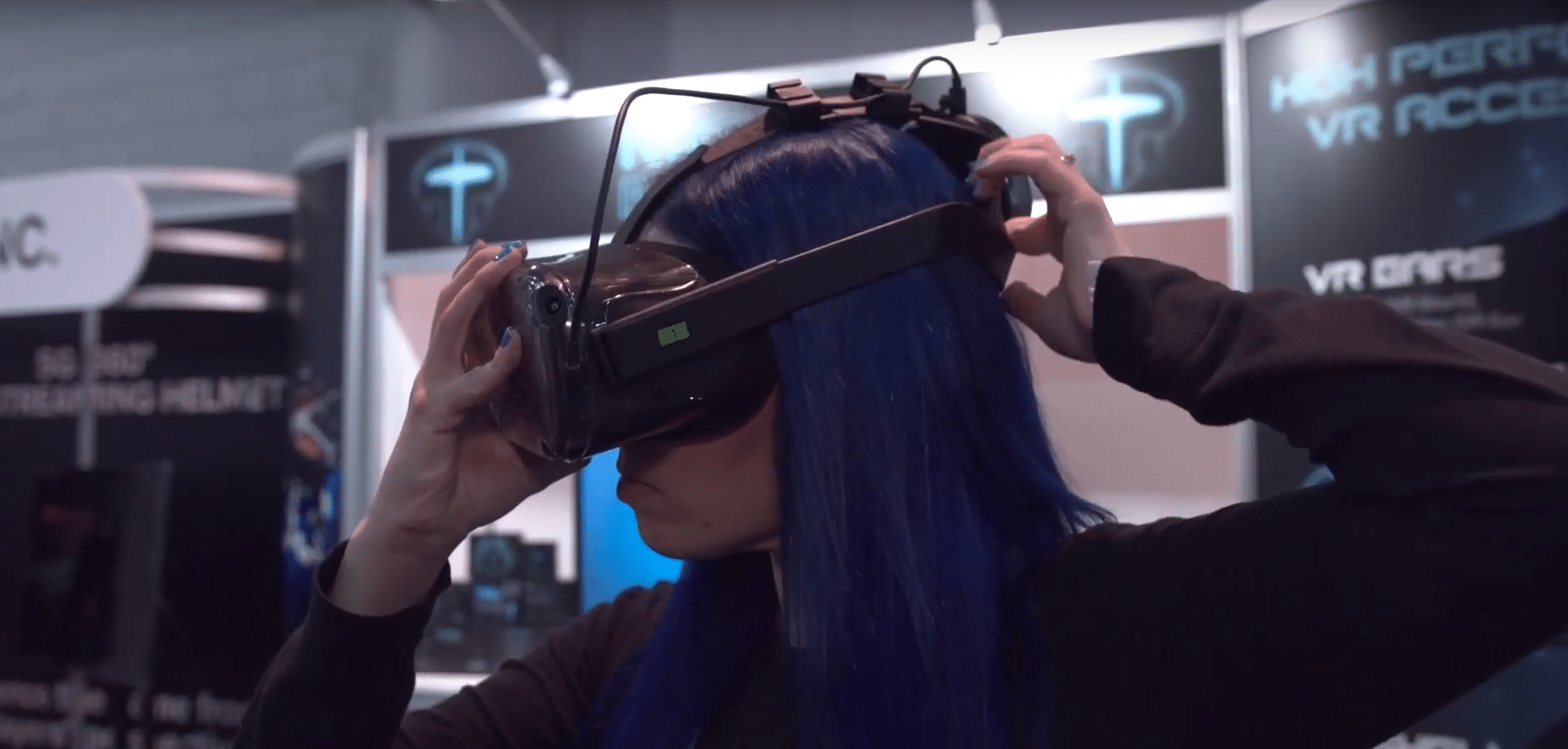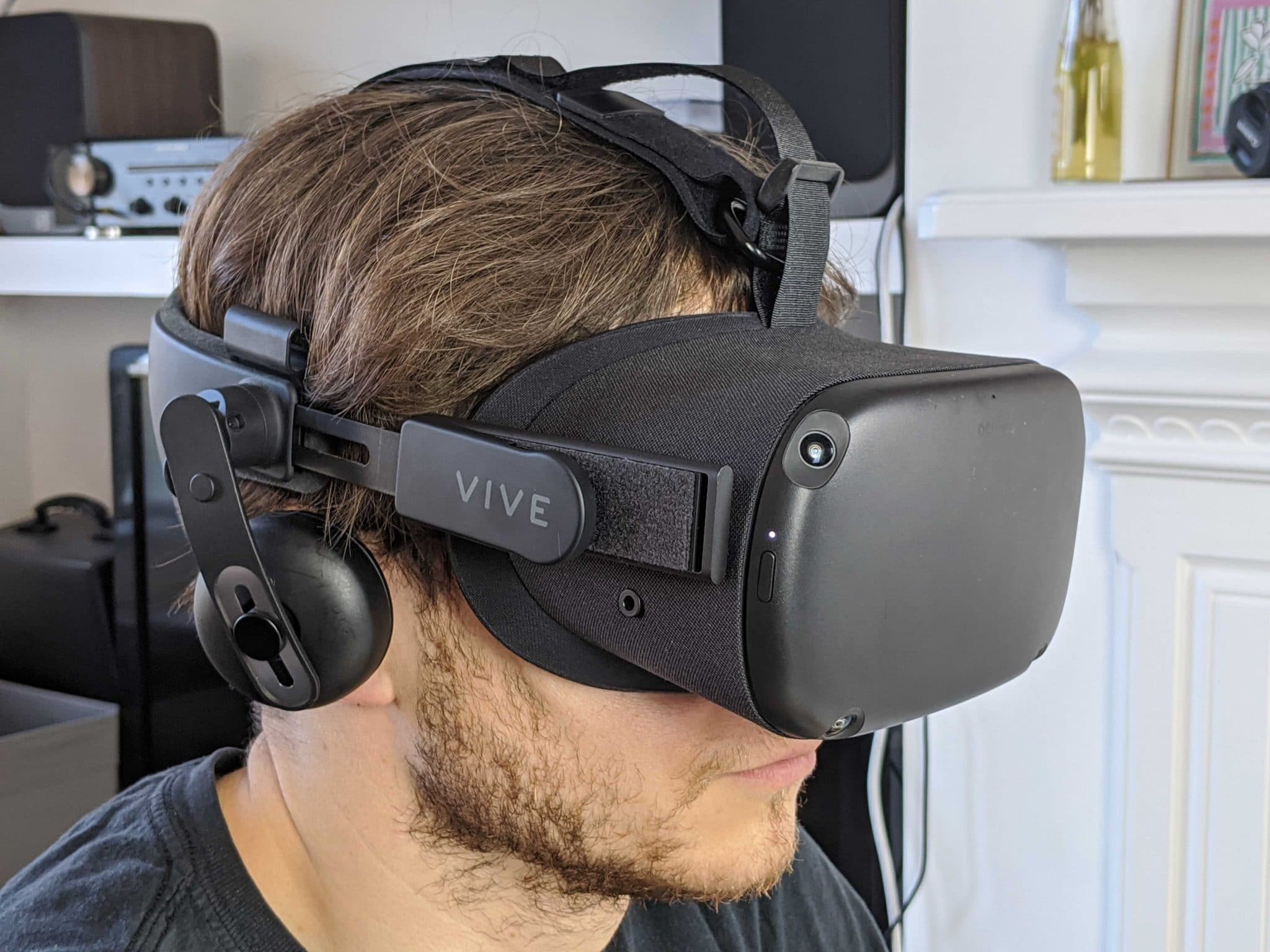The Oculus Quest standalone VR headset is an incredible device that’s redefining what VR means. The $400 all-in-one released in May 2019 with some great games like Superhot VR and Beat Saber working with complete wireless freedom. Just set up your guardian boundaries wherever you are and start playing.
By the end of the year, though, software updates enabled any high-quality USB 3 cable connected to a compatible computer to run PC VR games like Boneworks and Asgard’s Wrath. Facebook also added experimental controller-free hand tracking.
In 2019, Facebook shipped official earbuds and a carrying case for the headset, too, but beyond that the headset still suffers from a relatively brief battery life (a few hours depending on what you’re doing) that requires owners ensure the device is fully charged before using or your play session may be cut short before you meant it to be. The Quest is also extraordinarily front-heavy — putting both battery and processor at the front of the device — and this can make it unwearable for some.
In 2020 and 2021, we expect Facebook to hit the accelerator and take its standalone platform to new heights. We’re hoping for some kind of a Quest Pro, for instance, that could feature better weight balance and use newer processors that could take the standalone back to the 90 frames per second roots of the original Rift. But such a high-end standalone wouldn’t help people who already invested in the existing Quest and aren’t ready to upgrade to an entirely new device after just a year or two.
Here’s what we’d like to see Facebook do to upgrade the existing Quest experience:
Wireless Oculus Link
Facebook’s technical guide John Carmack (who is now only working part-time on VR) suggested at the Oculus Connect 6 developer conference late in 2019 the company might be able to create a dongle that sticks into a port on your nearby VR-ready PC and creates a dedicated wireless link to your Quest.
Facebook already proved out part of the technology stack required to pull this off with the existing USB 3-based Oculus Link. Through a complex hand off of technologies that sees the headset send tracking data over to the PC, and the PC draw frames to match your position, Facebook is able to effectively “remote” render content for the Quest.
Some sideloaded software, like Guy Godin’s Virtual Desktop, does this kind of remote rendering wirelessly already. The problem is that there’s often a delay (aka latency) between your movements and the time it takes for the matching visuals to reach your eyes. Existing solutions like Virtual Desktop also split network traffic with everything else happening on your router and aren’t optimized for a dedicated wireless VR link. While some people have the stomach for inconsistent performance, a dedicated add-on for your PC (maybe it plugs in to a USB 3 port just like Oculus Link?) could solve a lot of these issues. You’d end up using your PC’s connection to the Internet to access Rift games.
We also know, by the way, Facebook is researching a range of wireless technologies that might be necessary for the future of VR and AR.
Likelihood: Based on Carmack’s comments we have high confidence Facebook is working on this and may succeed in getting it ready for home use.
App Upgrades And Oculus Share
The Oculus mobile app on Android and iOS should be able to wirelessly download videos and images from the Quest. The Oculus PC app should also be able to download videos and images from Quest as well, but it should also be able to upload any compatible software package to the headset that you want.
That’s a lot of change but, as often as we use SideQuest, the process of sideloading content onto Quest and downloading videos from the headset could go more quickly and take fewer steps with official support from Facebook.
Facebook wants to ensure that when the average consumer buys a Quest and goes to purchase software from its built-in store, that those people are safe to purchase something that’s fun, works great and feels like a fair exchange for their $15 or $30. They hope that fostering this trusting relationship between buyers and sellers will make enough money for developers that they are motivated to keep building VR software.
At the same time, Facebook is casting a wide net to developers. Every Quest is essentially a development kit, signing up to be a developer is free, and they want it to be incredibly easy to make your own software for a VR headset. This is true even if Facebook doesn’t want to accept anything except the most polished and compelling products to its storefront.
These two competing realities of Quest’s ecosystem encourage people who aren’t developers to essentially pose as one in order to get the access they need to sideload experimental software. These are friends of actual developers, journalists, hobbyists, and willing testers who will gladly accept an experimental piece of software onto their system even if it might cause problems, require a factory reset afterward, or even make them sick.
Facebook won’t win love from developers or its most enthusiastic Quest owners by making the process any harder or restrictive than it already is. Can Quest still allow hobbyists and friends to share experimental builds that are unapproved by Facebook and distributed without asking everyone to sign up as developers?
We hope so.
Likelihood: Facebook representatives are “actively thinking about” easier ways to access and distribute applications outside of the Oculus Store. We hope they’re serious and these changes don’t sit behind Facebook’s walls forever.
Smarter Guardians And Direct Multiplayer
Having experienced Ironlights and Eleven Table Tennis over a shared Wi-Fi connection between two Quests with almost no latency, there’s something very special about being in the same room as a friend or family member for multiplayer.
But why should we have to connect to a Wi-Fi network at all? Ironlights and Eleven should direct connect to one another wherever you are — even away from a Wi-Fi router — to enjoy a duel or a game of table tennis. There’s a list of games that could benefit from this sort of two-player support, like Arizona Sunshine, Eleven, Ironlights, Sports Scramble, and Elven Assassin, but what’s more important is the future games and software which might be designed around this kind of same-location multiplayer support.
There’s also a class of games we’re calling “Arena-scale” — games like Space Pirate Arena — that need the location of two Quests synced up to work and Facebook’s being cautious about what it allows with its standalone headset in settings like this. It is understandable, because putting on a VR headset in 2020 means blindfolding yourself to the real world and establishing a “safe” space where objects shouldn’t move and other people shouldn’t enter. That’s because of the nature of the current tracking technology. We’ve seen toddlers, for instance, narrowly escape the violent swing of a parent playing Beat Saber because the little one didn’t understand their parent couldn’t see them. Headsets should see those kinds of things coming and warn the person in VR about it.
Broadly speaking, then, recognizing more details about your environment — like the location of your couch or chairs, the presence of people outside VR or even the location of other VR headsets — could be used to make your time in an Oculus Quest a generally safer and more enjoyable experience. And we’d like to see the games that could be developed with those kinds of upgrades to Quest’s tracking, guardian settings, and multiplayer support.
Likelihood: We don’t know how far Facebook will take its Guardian system on Quest but we do expect upgrades to it over time.
Comfort Upgrades
VR Power is an extraordinary accessory that’s unfortunately supply constrained just like Oculus Quest right now. In our recent review, the battery pack attaches to the strap behind your head and then runs a short wire over the top of your head to the Quest’s charging port. This dramatically extends the battery life of the headset while simultaneously operating as a counterweight that relieves pressure from the face.
While we’re perfectly happy with VR Power — and it made Quest usable for a staffer who found the headset unwearable before — it is a bummer this add-on doesn’t pass through the wired Oculus Link signal to the headset. According to Rebuff Reality, the creator of the VR Power accessory, the pack isn’t made to pass through any data over its connection. That means you have to disconnect VR Power and connect your PC over a wire to download videos recorded on the headset, and to upload non-store approved software packages to the device. So could a Facebook-made accessory that balances weight and extends battery life take the extra step and also pass through PC data? It would be cool, but the Wireless Oculus Link and App Upgrades outlined above seem so likely, and would be such an improvement, that there may not be need for an official alternative to VR Power capable of passing data over a wire from a PC.
What we would like to see, however, is something more like the “Frankenquest” some owners have also made that don’t necessarily extend battery life but do balance the headset’s weight across the head better. Valve Index-like off-ear audio and better balance is a separate issue from battery life, but one we’d like to see officially addressed somehow.
Likelihood: Facebook officially endorsing modifying the Quest’s built-in strap after purchase doesn’t seem likely. That said, extending battery life and providing better balance to the Quest should be a priority for Facebook as it would make the headset usable to a wider range of people and for longer periods of time. Since VR Power works just fine, we’d love to see Facebook endorse the product if they don’t develop their own, or perhaps offer future Quests with an upgraded strap or facial interface option that better balances weight and the way it fits the face.
































